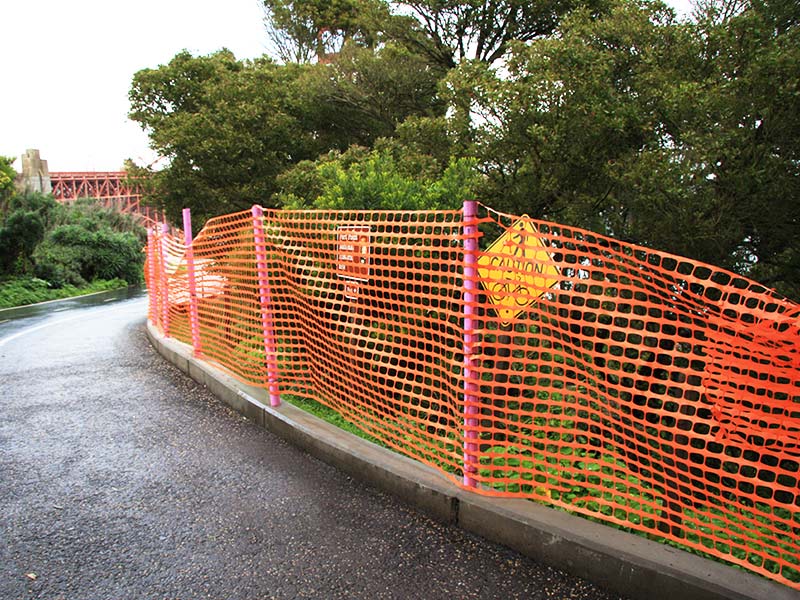1. Durability and corrosion resistance: Economic Safety […]
1. Durability and corrosion resistance: Economic Safety Fence is made of 100% HDPE (high-density polyethylene) material, which has strong weather resistance and corrosion resistance. It is not easily affected by moisture, ultraviolet rays, chemicals and other factors in the natural environment, which greatly extends its service life. In contrast, wooden fences are prone to moisture, decay, and insect infestation, and require regular anti-corrosion and anti-insect treatment, and the maintenance cost is high.

2. No need for frequent replacement: Due to the high durability of Economic Safety Fence, it can maintain stable performance for a long time without frequent replacement. However, due to its fragility, wooden fences may need to be replaced or overhauled regularly, which increases maintenance costs and time costs.
3. Easy to clean and maintain: The surface of Economic Safety Fence is smooth, not easy to accumulate dust and dirt, and it is very convenient to clean. The surface of wooden fences is rough, easy to absorb dust and impurities, and difficult to clean, which will affect the appearance and protection effect in the long run.
4. Environmental protection and sustainability: Economic Safety Fence is recyclable and reusable, in line with modern environmental protection concepts. When the fence reaches the end of its service life, it can be recycled and reused to reduce resource waste. However, wooden fences are often difficult to handle after being abandoned and may cause pollution to the environment.
5. Lower overall cost: Although the initial investment of Economic Safety Fence may be slightly higher than some wooden fences, considering its long-term durability, low maintenance costs and environmental advantages, its overall cost is actually lower. For users who need to protect landscapes, gardens, fruit trees and vegetables for a long time, choosing Economic Safety Fence is undoubtedly a more economical and efficient choice.



 WhatsApp:+8613626888261
WhatsApp:+8613626888261